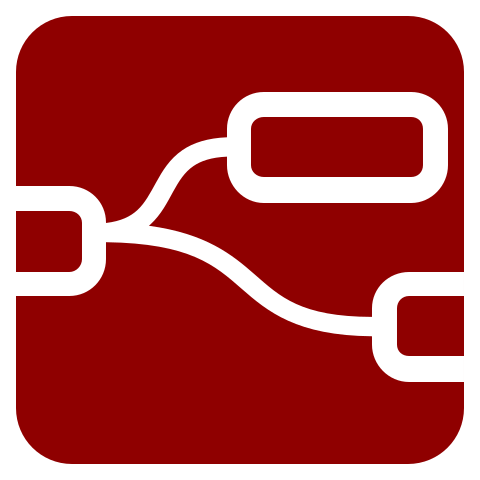I’m still slightly shocked at how much free space is inside the Sonoff Micro (review). They could have made the gadget so much smaller. I looked at the case again and I figured, I could either 3D-print a smaller one, or I could use the extra space to add a USB-C port. Guess which one I picked?
Sonoff Micro PLUS USB-C version

I happened to have some spare USB-C female sockets that I can use since my AWESOME FREAKING TOOLBOX isn’t using these particular ones. These were cheap and cheerful, bought on AliExpress at $1.79 a pop. All I need to figure out is how Sonoff Micro works and how to turn that into Sonoff Micro USB-C.
Here is the list of tools that you will need to perform this operation. Using links below, will also sponsor this blog, therefore go ahead and treat yourself to workshop upgrades:
- Sonoff Micro (duh)
- USB-C Female port
- Soldering Iron – TS-80 very recommended
- multimeter – (Pokit Meter)
- spare thin wires

Dissecting Sonoff Micro
Sonoff Micro controls a USB 2.0 type port. It’s important to know how this port works, to map the outputs correctly. The easiest way to find out is to use a multimeter, I’m going to use my fancy Pockit (review), any multimeter will do, as long as it comes with continuity mode.
USB2.0
USB 2.0 consist of 4 wires: VCC|GND|D+|D-. There are 2 wires (outside pins) responsible for power delivery (5V and GND) and 2 inside pins that handle the data transfer. Even though USB 3.0 comes with extra wires to provide increased bandwidth, it features the same 4-pin layout (plus other pins) to be cross-compatible with older standards.

BC1.2
In my review, I mentioned that power delivery is negotiated thanks to the BC1.2 standard. It’s not the most powerful device, but it will charge your phone and keep it operational. I will add a USB-C port, but the port alone will act according to BC1.2 specification.

Buy Sonoff Micro
Buy it using these links to support NotEnoughTech.
Mapping USB-C

I used the multimeter to test the pins and pads (voltage and continuity mode) so I could map these with my USB-C modules. To build Sonoff Micro USB-C, you will need 6 cables. It’s 6 because the USB-C is a reversible connector and D+|D- lanes need duplicating. Fortunately, the USB-C module shares Vcc and GND on both sides of the PCB. If you have another one, the number of wires may vary – refer to the table below.
| USB 2.0 | USB-C |
| Vcc | A4|A9|B4|B9 |
| D- | A7|B7 |
| D+ | A6|B6 |
| GND | A1|A12|B1|B12 |
Assembly of Sonoff Micro PLUS
I can only solder the wires at the bottom side of the PCB (without removing the original USB-A port. To get to my USB module, I have to route the wires around the PCB. There is a spot on the PCB where you can make a small incision without damaging the traces. It’s big enough to house all 6 wires.


I used a hot flame to heat up the USB-C port a little bit, then I made an imprint on the front face of the plastic enclosure. Scarred plastic made the perfect guide for where I should drill (3mm drill bit).
I finished the new hole with small files. In hindsight, I should have moved the socket to the side, as the USB-C and its PCB got a little in the way. I had to file it down as well a little bit.
With everything ready, cables soldered and isolation tape applied, I was ready to test the Sonoff Micro PLUS with a multimeter first (continuity check to detect shorts) and then with a USB-C plug and a USB tester (review).
Everything worked the third time around (I needed to resolder one of the wires) and it was time to put it all together. I used superglue and a little bit of epoxy to lock the USB-C in place.


Assembled Sonoff Micro PLUS comes with USB-C and it’s ready for action! I have to say, if not for the small slant in the USB-C hole, it would look like a commercially designed product!






Shop with Sonoff
Take a look at the ZigBee and WiFi range of the devices compatible with eWeLink:
Conclusion
This project is not adding a USB-C PD or even QuickCharge into the mix. It’s just a simple hack to justify the space taken by the Sonoff Micro adapter. After all, it’s 2020 and we should be all using USB-C products exclusively. Far too many gadgets still come out with older port types! Let me know what you think about this hack in this Reddit thread.


























